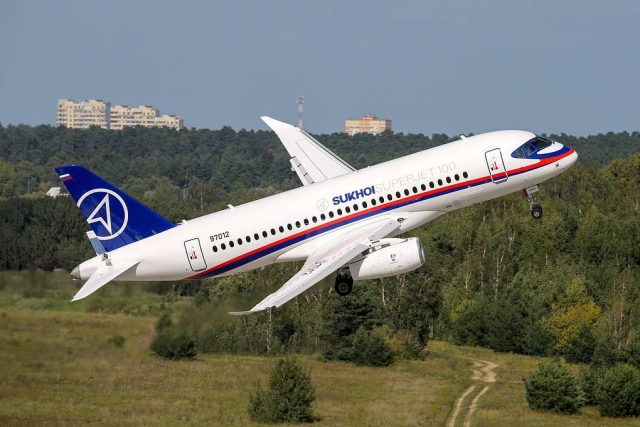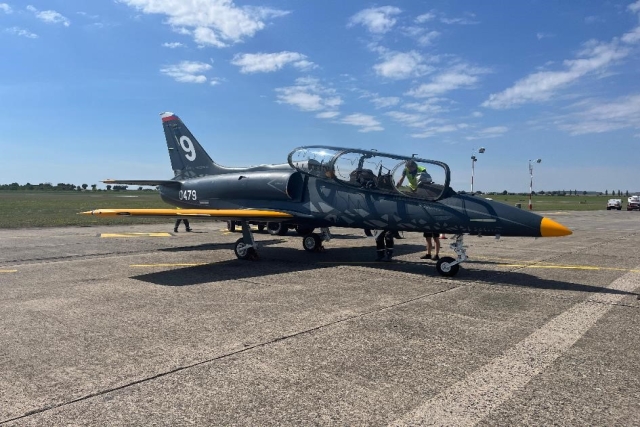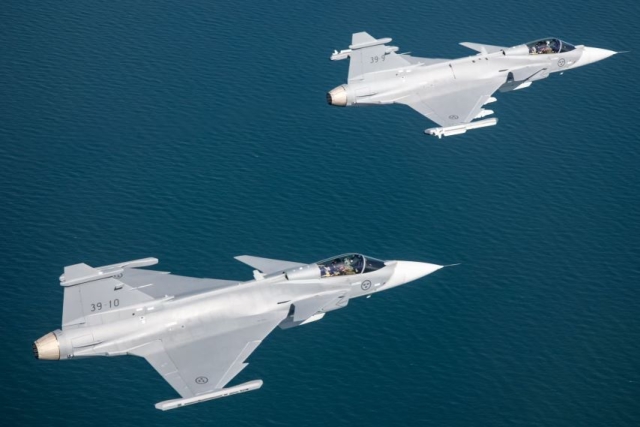Video motion detection technology for security applications

Dr Rustom Kanga, Founder and CEO, iOmniscient Corporation
Defenseworld.net interviewed Dr Rustom Kanga, Founder and CEO, iOmniscient Corporation on his company’s video motion detection technology.
DW : Can you give us a brief history of iOmniscient
Rustom Kanga: My business partner and I used to work at DEC which was acquired by Compaq which was then bought by HP. We both left in the period just before the HP takeover. We had been aware of some unique technology that had been developed by the Australian Defence Research Labs. They had been working on this since 1994. We decided to acquire the Intellectual Property and commercialize it. That was in 2001 – just before the events of September 11.
DW : What was this unique technology?
Rustom Kanga: The technology we acquired was based on Artificial Intelligence and it was quite unique compared to any of the Video Motion Detection technologies available then and even now. It had the unique capability of enabling detections in crowded scenes. We applied for and got international patents on it. However it was still just technology. We had to turn it into a product – which implies that it would operate without false alarms, run 24x 7, be easy to use and so on. Turning the technology into a product took us several years and many millions of dollars.
DW : When did you launch your product and how was it accepted?
Rustom Kanga: We launched the product at the IFSEC Exhibition in the UK and immediately won the Best Product Award at that show. Within the year that followed we won similar awards in the USA, Europe and Taiwan. In Australia we won the Australia Technology Showcase Award which recognizes the best overall new technology from the country. So wherever we took it people felt it was totally unique and different to anything they had seen before and five years later that is still the case. However we did not sell much in that year – most customers were skeptical of video analysis in general and were only interested in putting in small trial systems. It has taken us several years to get to where we are with over 20,000 licenses sold worldwide.
DW : You say your technology was different – in what way?
Rustom Kanga: Video Motion Detection which is the technology used by everyone else in this field is based on comparing images and looking for motion. It is therefore limited to rather empty scenes. Our Artificial Intelligence based technology can operate in crowded scenes. So for instance, competitive technologies can find a left bag as long as it is left in an empty scene. iOmniscient’s technology will find it even if it has been abandoned in a busy airport and a thousand people have walked in front of it. Many people can count individuals passing through a gate. If you wanted to count the crowds going through Seoul’s Central station then you would need our technology. This ability to cope with crowded environments is unique to us and constitutes the core of our patents. We also have a unique Nuisance Alarm Minimization System (NAMS) which helps us to eliminate false alarms. In video based systems it is not just about what you can detect – its also about what false alarms you can avoid. Our ability to robustly eliminate false alarms has been a critical element in our success.
DW : How big a segment is video analysis of the overall security market?
Rustom Kanga: Video analysis is a very small segment of the overall security market but within this little niche we set ourselves three goals. First we wanted to have the world’s most advanced technology. Second we wanted to have the most comprehensive range of video analysis technologies. And finally we wanted to be able to offer this at a cost effective price. Achieving these objectives has been the key factor in our success.
DW : What is your growth objective?
Rustom Kanga: We don’t have a growth or size objective. Our aim is to be the provider of the best Video Analysis technology – not the biggest – just the best. Fortunately this results in good financial results and reasonable growth but we don’t look at growth for its own sake.
DW : This is surprising – don’t financial analysts and venture capitalists measure you based on growth?
Rustom Kanga: We are a private company which is growing organically. We don’t have any venture capitalist funding. This gives us a lot of flexibility. We are therefore not unduly focused on short term results and we have the luxury of being able to concentrate on having good technology and happy customers which I believe is more important in the longer term.
DW : So you don’t accept investment from outsiders
Rustom Kanga: Not at all. We welcome investors in our company and we have several but they have to share in our vision of where we want to take the company. We don’t accept investors who merely want to give us money and expect a short term return. We are in this for the long term. We tend to reinvest all our profits back into the company rather than paying dividends because we believe that the company today is a better investment than any other investment out there in the market place. So the people who invest in us are those that believe in us and what we are trying to do.
DW : You operate internationally. As a small company – how do you manage to support your customers worldwide?
Rustom Kanga: We have support teams strategically located around the world. They support people within their time zone. When its time for them to go home they hand over the issues to the next team. This allows us to provide 24x7 coverage if that is needed. We have also evolved remote diagnostic tools which allow us to assess and solve problems without having to go on site. This also helps.
DW : Who sells your technology?
Rustom Kanga: A lot of companies, large and small operate as our resellers. We usually select them on the basis of their ability to support our customers with this technology – as you can imagine not every reseller of cameras and other simple equipment has the skills to support an Artificial Intelligence based system. You will find that the technology behind the offerings of some major companies – camera manufacturers, systems integrators and others – are based on our IQ Series.










